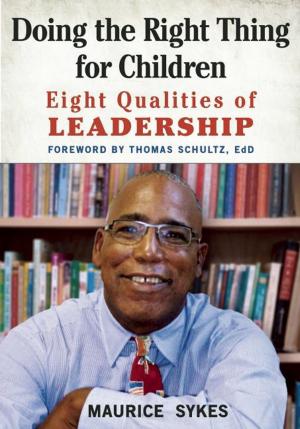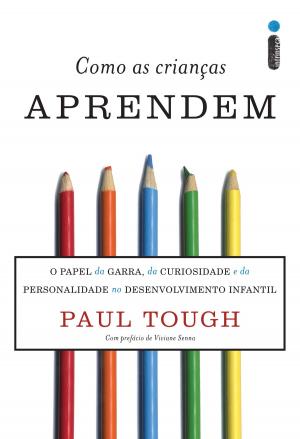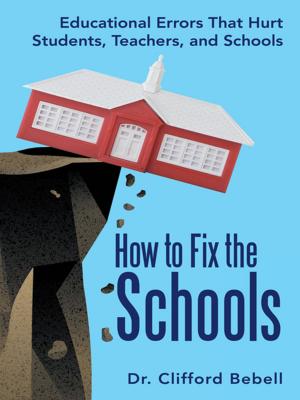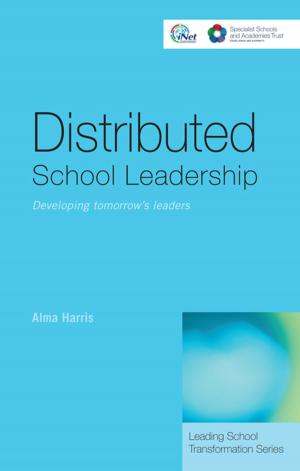How School Crushes Creativity
Nonfiction, Reference & Language, Education & Teaching, Educational Theory, Educational Reform| Author: | Karma Peters | ISBN: | 9781310781995 |
| Publisher: | Karma Peters | Publication: | January 6, 2015 |
| Imprint: | Smashwords Edition | Language: | English |
| Author: | Karma Peters |
| ISBN: | 9781310781995 |
| Publisher: | Karma Peters |
| Publication: | January 6, 2015 |
| Imprint: | Smashwords Edition |
| Language: | English |
HAS TRADITIONAL EDUCATION BECOME AN UNHAPPY AND IRREPARABLY UNPRODUCTIVE PASSAGE FOR MOST CHILDREN?
The answer is not clear-cut, but the question’s social and economic overtones are.
At a time when policymakers, social commentators and parents burst beyond the public-education system’s boundaries to make topics of teacher accountability, school performance and federal subsidies a source of unending socioeconomic debate, traditional education is gradually denying students a key ingredient for existential fulfillment: creativity.
The book explains why creativity and imagination are as momentous as math, reading and science, excavating new ground in the debate for a better school and supplying a theoretical foundation for the solving of some of the most vexing problems faced by modern-day educators, policymakers, social scientists and businesspeople.
The book contains a helpful Discussion Guide. Through burning questions, the book gives extensive advice on how to use the discussion guide, how to inform decisions related to the topics at hand, and how to best read it – alone, in reading groups, with your partner, or as part of learning activities, among others.
After reading this book, you will understand:
* Why schools kill creativity;
* Why experts think that creatively oriented curricula can help balance the current didactic gap;
* The upsetting detriments that children – and society as a whole – bear as a result of this gap; and
* The comprehensive yet feasible solutions that policymakers can implement to fix the creativity quandary and align academic objectives with the goals of businesses and society as a whole.
Who will benefit from this book?
* Federal education officials, including policymakers and specialists at the Department of Education;
* State and local policymakers;
* Teachers;
* Teacher unions;
* Education support professionals;
* District and school leaders;
* Students;
* Families; and
* Business and community leaders
HAS TRADITIONAL EDUCATION BECOME AN UNHAPPY AND IRREPARABLY UNPRODUCTIVE PASSAGE FOR MOST CHILDREN?
The answer is not clear-cut, but the question’s social and economic overtones are.
At a time when policymakers, social commentators and parents burst beyond the public-education system’s boundaries to make topics of teacher accountability, school performance and federal subsidies a source of unending socioeconomic debate, traditional education is gradually denying students a key ingredient for existential fulfillment: creativity.
The book explains why creativity and imagination are as momentous as math, reading and science, excavating new ground in the debate for a better school and supplying a theoretical foundation for the solving of some of the most vexing problems faced by modern-day educators, policymakers, social scientists and businesspeople.
The book contains a helpful Discussion Guide. Through burning questions, the book gives extensive advice on how to use the discussion guide, how to inform decisions related to the topics at hand, and how to best read it – alone, in reading groups, with your partner, or as part of learning activities, among others.
After reading this book, you will understand:
* Why schools kill creativity;
* Why experts think that creatively oriented curricula can help balance the current didactic gap;
* The upsetting detriments that children – and society as a whole – bear as a result of this gap; and
* The comprehensive yet feasible solutions that policymakers can implement to fix the creativity quandary and align academic objectives with the goals of businesses and society as a whole.
Who will benefit from this book?
* Federal education officials, including policymakers and specialists at the Department of Education;
* State and local policymakers;
* Teachers;
* Teacher unions;
* Education support professionals;
* District and school leaders;
* Students;
* Families; and
* Business and community leaders















